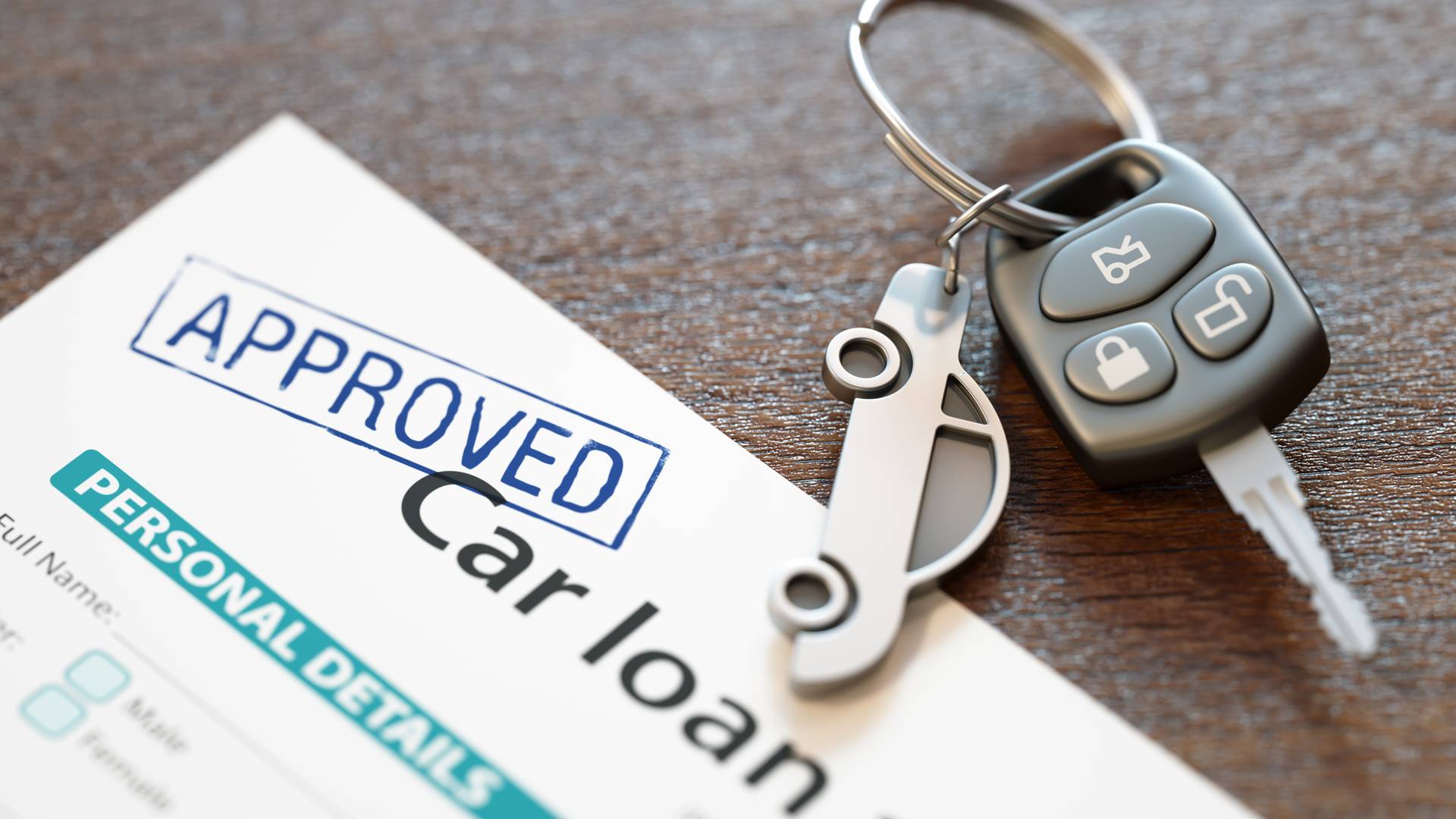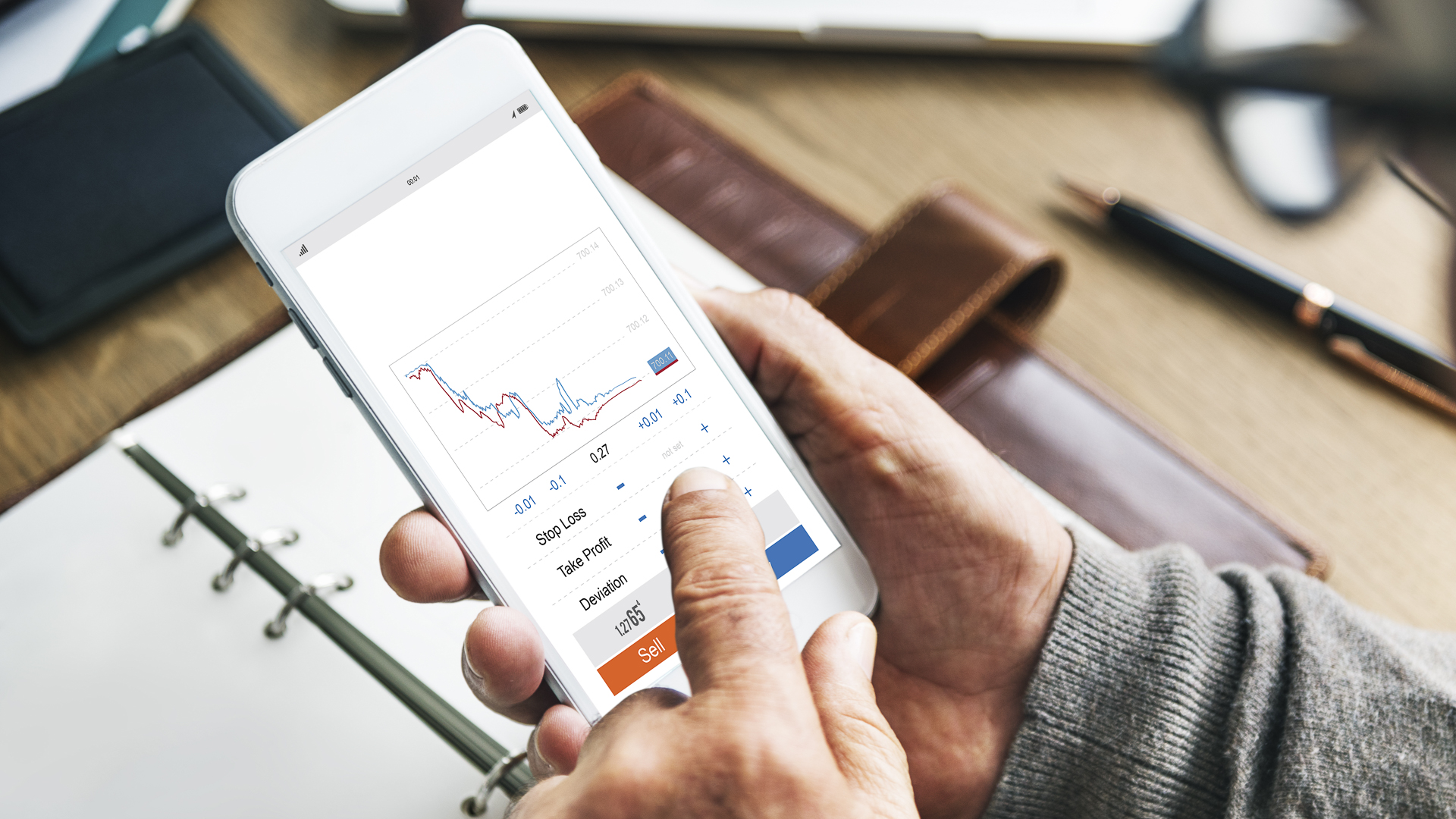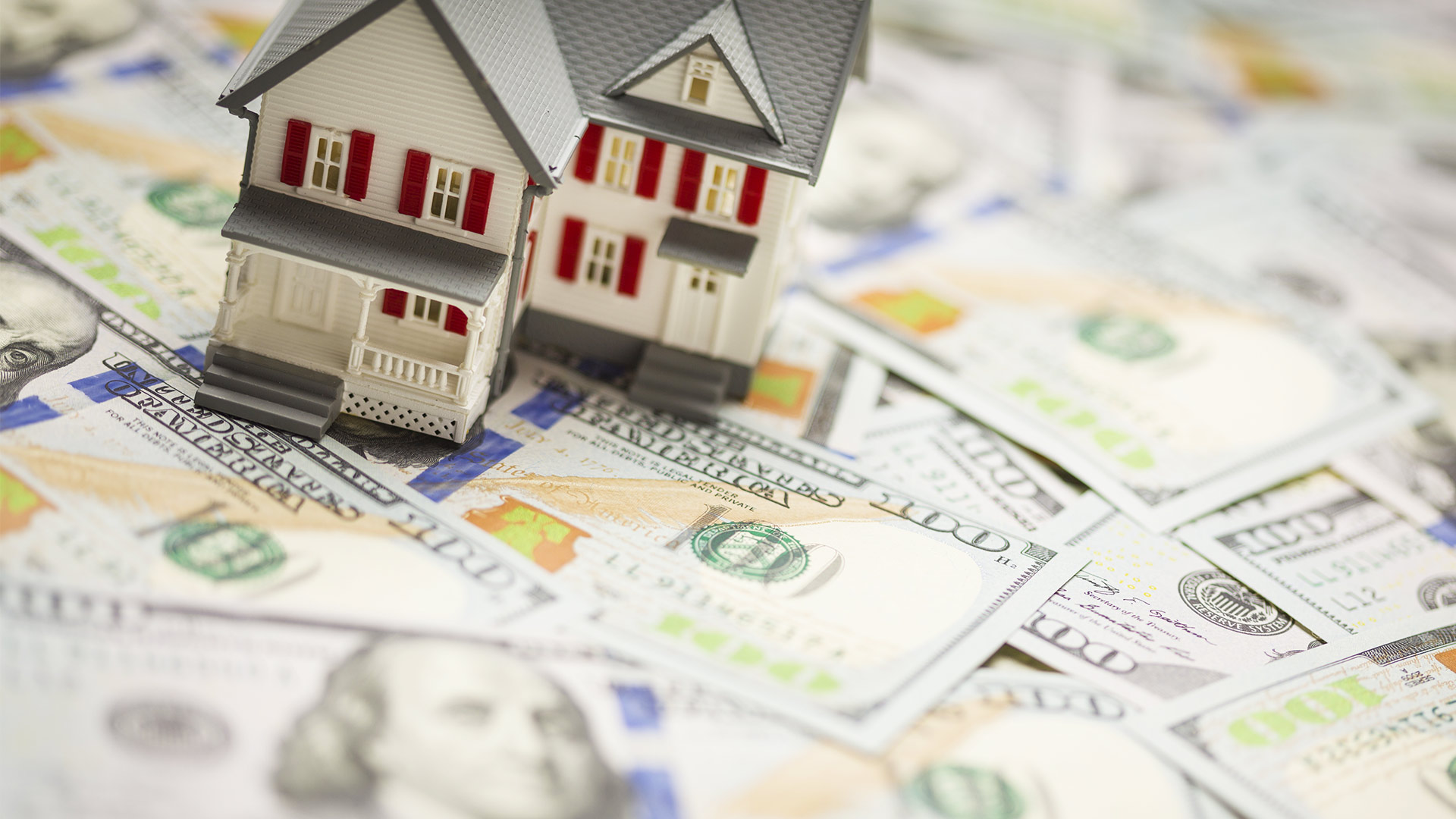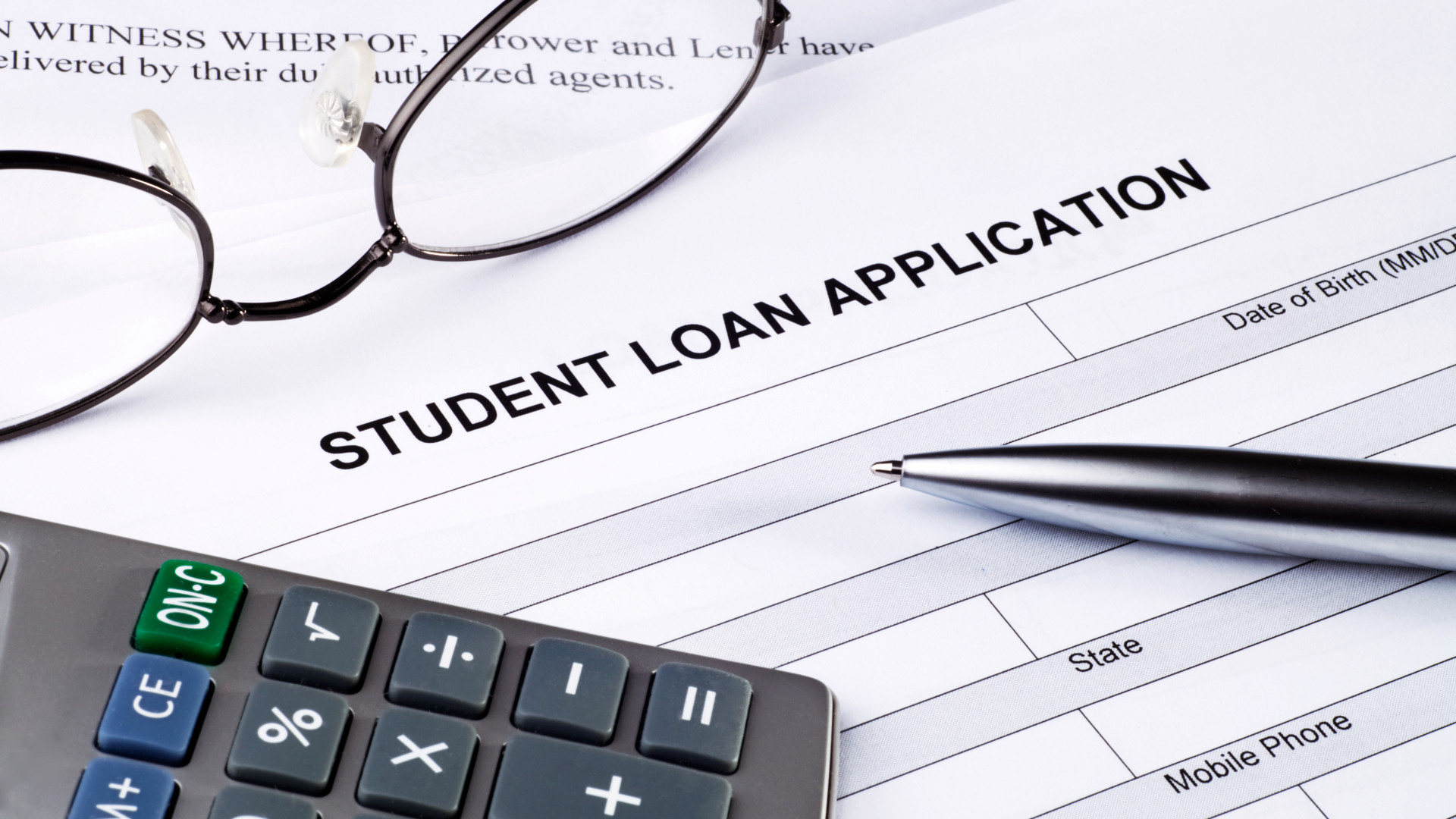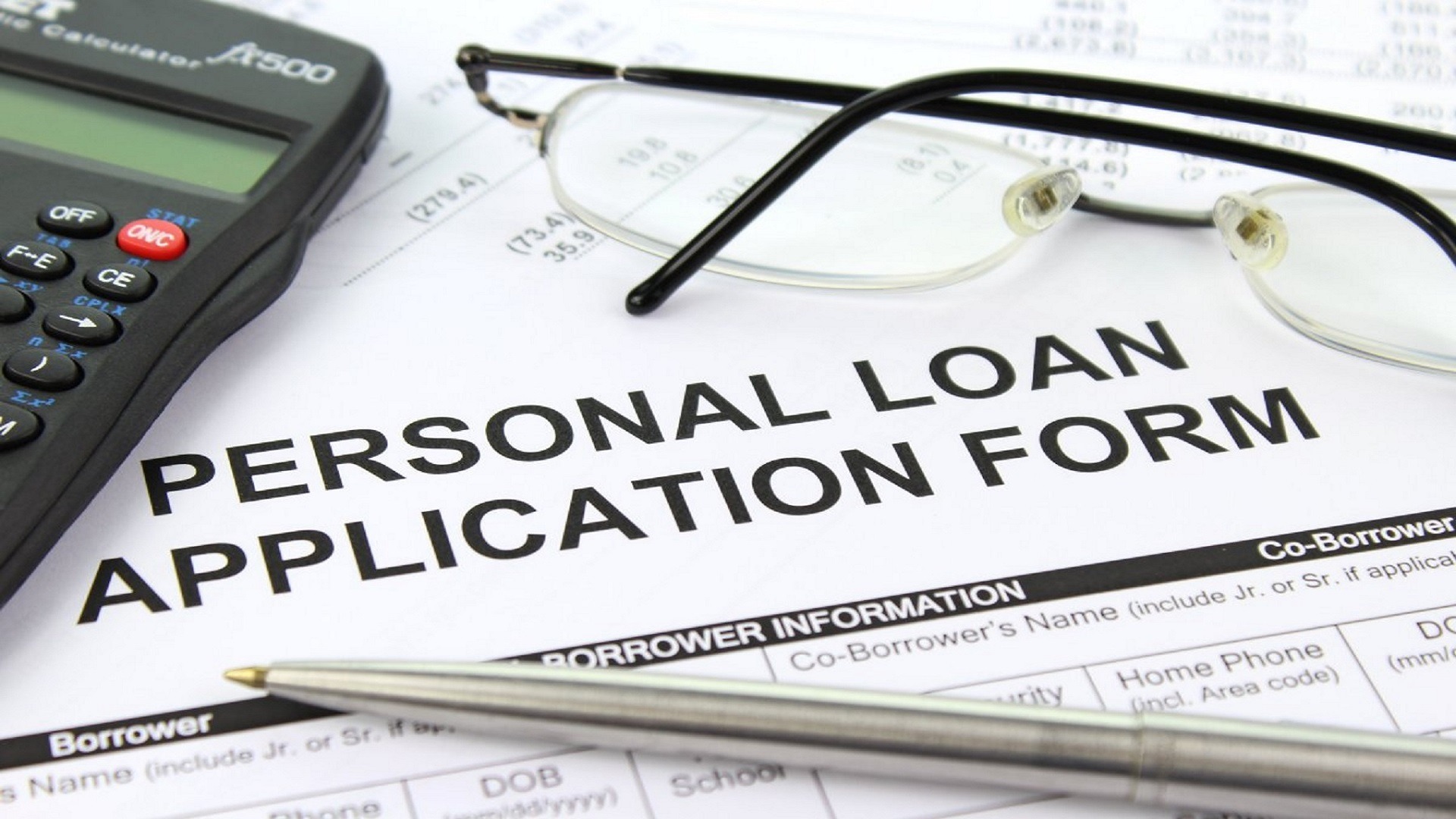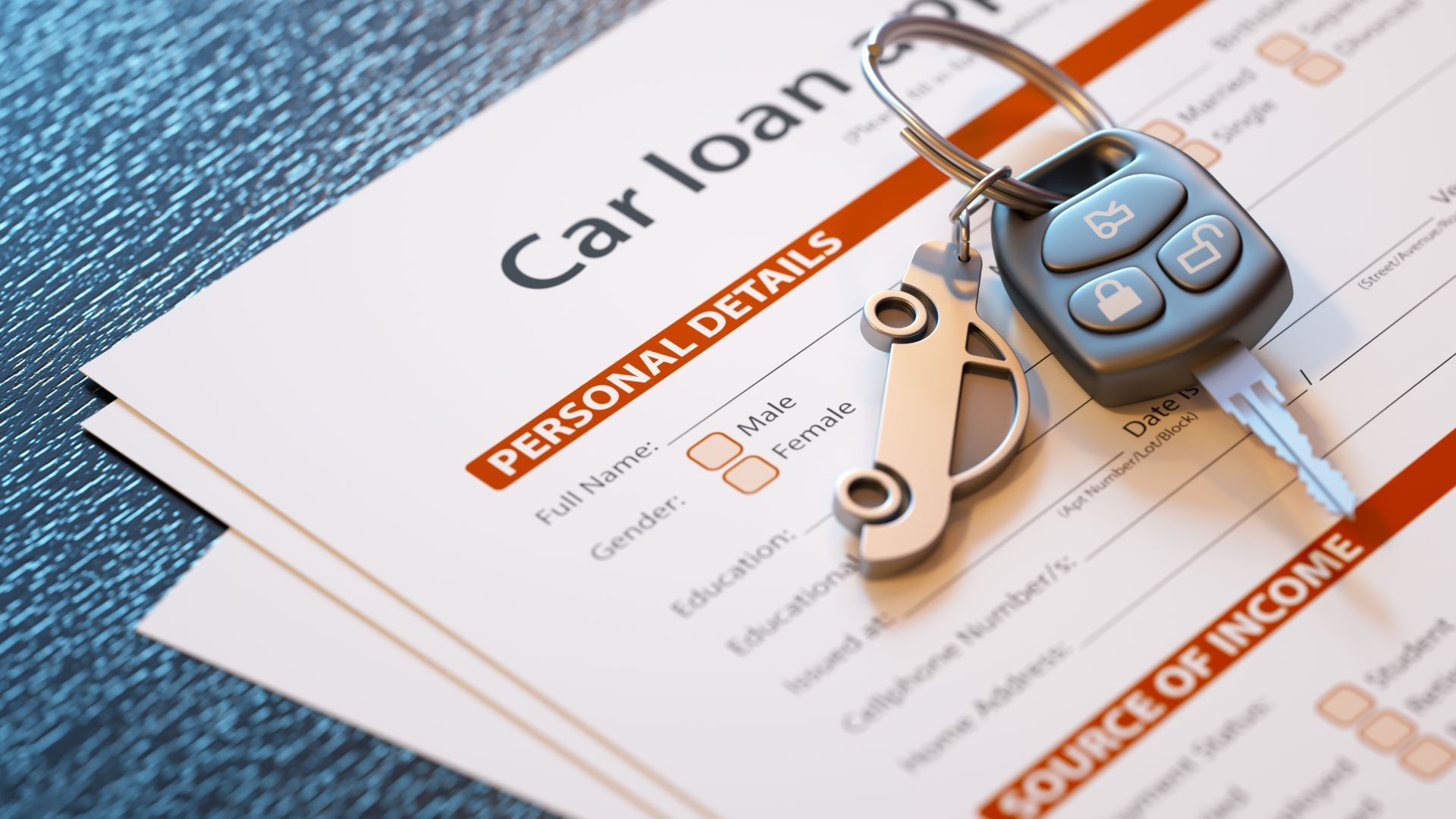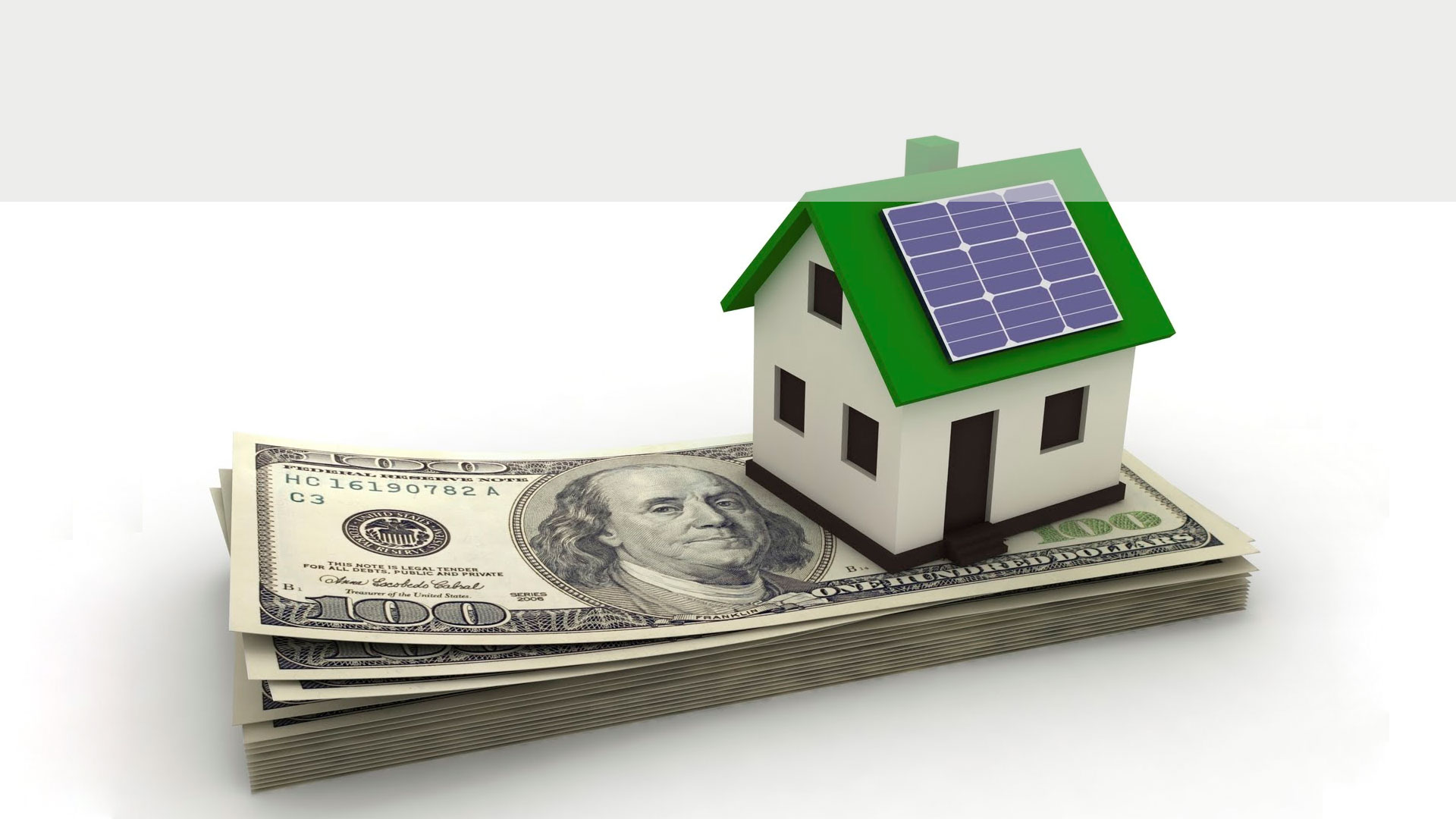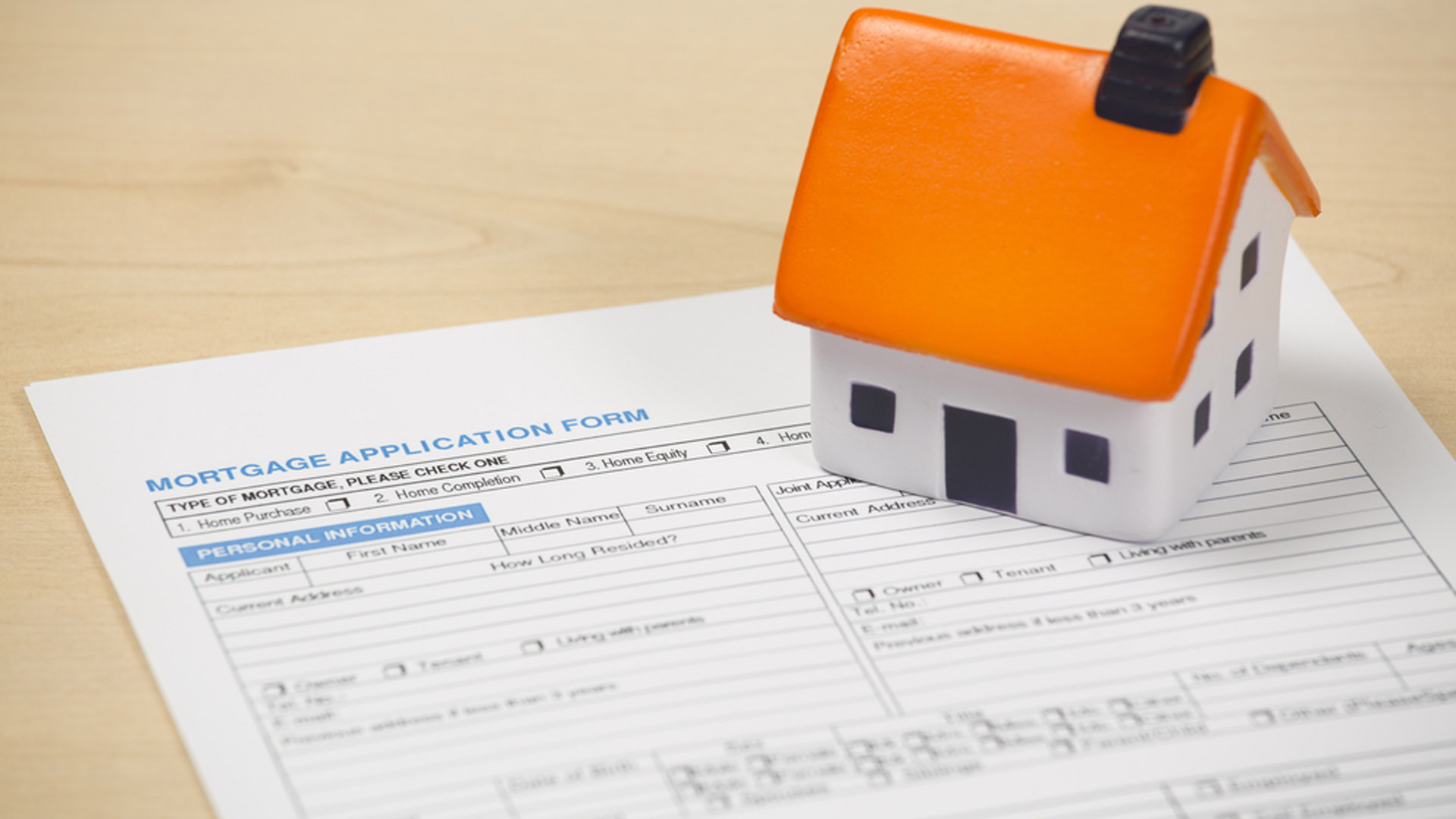Federal student loan interest rates rely upon whether you’re a student or a parent and in case you’re seeking after a bachelor’s certificate or have proceeded onward to grad school.
In the event that you have great credit, you may qualify for a superior rate on a private student loan than a federal loan. That’s particularly valid on the off chance that you have a cosigner. In the event that you’ve already got federal loans, you can often qualify to refinance them at a lower interest rate with a private lender.
Here’s all that you should know about the current student loan interest rates.
Student loan interest rates
| Rates from (APR) | |
| Student loan refinancing | Fixed: 3.45%+ Variable: 1.81%+ |
| Private student loans | Fixed: 3.82%+ Variable: 2.64%+ |
| Federal student loans | Undergraduate: 4.53% Graduate: 6.08% PLUS: 7.08% |
| Private student loan and refinancing rates are updated monthly. Federal student loan rates are accurate for the 2019-20 academic school year. | |
When you take out a federal student loan, the rate is fixed forever. However, the rates offered to new borrowers are adjusted once a year to take into account the administration’s obtaining costs.
Private student lenders also adjust the rates they offer when interest rates change because that affects the amount it costs them to obtain the money that they loan. Private lenders will in general adjust rates more often than the federal government to stay current with market trends.
Federal student loan interest rates
Federal student loans are “one-size-fits-all” — your credit score doesn’t affect the interest rate. Everybody taking out the same sort of loan during an academic year gets the same rate, which is fixed for the life of the loan. Federal loans ought to be the loans you seek after first since they are attached to certain advantages and typically have lower rates.
On July 1, 2019, interest rates on federal student loans to new borrowers succumbed to the first run through in quite a while. The rate decrease, essentially through June 30, 2020, was the consequence of falling yields on U.S. Treasury notes, which support government debt. Rates on federal student loans to undergraduates, graduate students and parents all declined by more than ½ a percentage point for the 2019-20 academic year.
Private student loan interest rates
Rates on private student loans rely upon your credit score and one of a kind circumstances. Most private lenders offer you a decision of a fixed-or variable-rate loan, and it’s important to compare rates from several lenders so you can evaluate your options.
Student loan refinancing interest rates
A developing number of lenders also offer student loan refinancing of both private and federal student loans. Refinancing allows you to adjust your interest rate and repayment term. Contingent upon your strategy, you may have the option to bring down your monthly payment or save thousands in interest charges over the life of your loan.
Average student loan interest rates
Because rates on federal student loans to new borrowers are recalibrated once a year, you’re likely to have distinctive interest rates on the loans you take out each year you’re in school. At the point when you’re taking out loans for grad school, or in case you’re a parent, your rates will be higher.
In the course of the last 15 years, rates for federal student loans have averaged:
- 4.79% for undergraduates
- 6.36% for graduate students
- 7.41% for parents and graduate students taking out PLUS loans
According to a 2017 analysis by New America, the average interest rate across all student loans was 5.8%.
How federal student loan interest rates are set
Federal student loan rates are set by Congress. In principle, Congress can force rates that are as high or low as lawmakers see fit.
To take legislative issues out of the equation, as of late Congress has tied rates on federal student loans to the administration’s expense of obtaining. Under the framework that’s been in place since 2013, rates on federal student loans for new borrowers are determined by an auction of 10-year Treasury noticed that is held in May.
Here’s the formula the Department of Education uses to set rates for new borrowers each year:
- Loans to undergraduates: 10-year Treasury yield plus add-on of 2.05 percentage points
- Direct loans to graduate students:10-year Treasury yield plus 3.6 percentage points
- Parent and grad PLUS loans: 10-year Treasury yield plus 4.6 percentage points
Keep in mind, when you take out a federal student loan, the rate is fixed forever — it won’t go up or down. The formula above is just used to set rates on loans taken out by new borrowers during a one-year window running from July 1 through June 30.
Congress has also set upper limits for rates on new loans. Regardless of whether inflation soars, rates for new borrowers are capped at 8.25% for undergraduate loans, 9.5% for graduate loans, and 10.5% for PLUS loans.
How private student loan interest rates are set
Private lenders seek business and may offer borrowers with phenomenal credit lower rates than the administration. To make up for misfortunes when borrowers fail to repay their loans, private lenders charge higher rates to borrowers who are assessed as risky. Your credit score, which is intended to foresee the likelihood you will repay a loan, is the primary factor lenders think about when setting interest rates.
Because many students don’t have the credit history or earnings required to qualify without anyone else, most private student loans to undergraduates are cosigned. Regardless of whether you needn’t bother with a cosigner to be approved, having one can assist you with verifying a lower interest rate than you could jump without anyone else.
Private and federal student loan fees
In addition to interest rates, it’s also important to factor in any expenses that a lender charges. With private loans, any expenses the lender charges must be factored into the APR.
The administration charges forthright expenses on all student loans, however doesn’t give an APR. PLUS loans carry an in advance expense that surpasses 4.2%, which is taken directly out of the loan continues.
On the off chance that you start repaying a PLUS loan immediately on the standard 10-year repayment plan, the direct front charge increases your APR by about a full percentage point.
But since the APR depends in part on to what extent you will take to repay a loan, the APR on federal student loans isn’t uncovered. Federal student loan borrowers may take anywhere from 10 to 30 years to repay their student loans.



